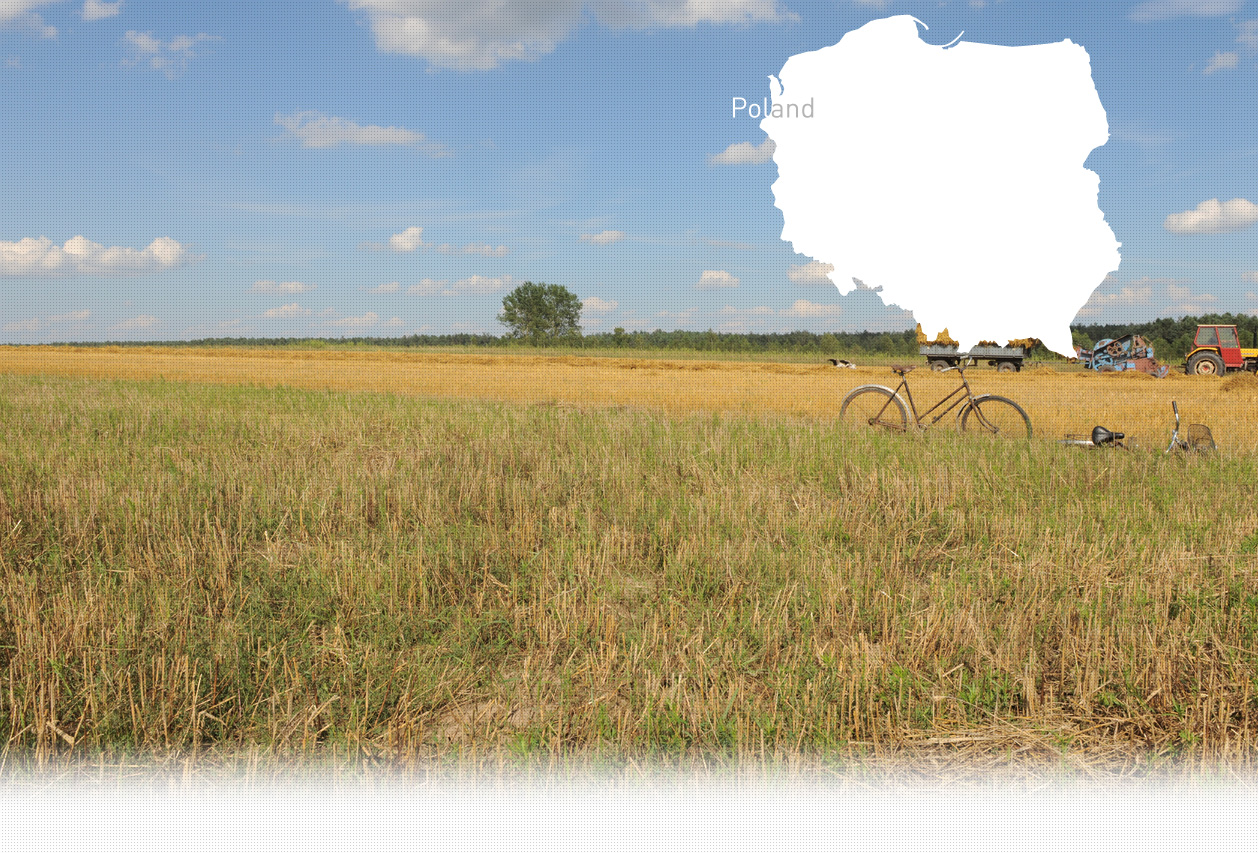


2 Sitio(s) de ejecución
Władysław W., born in 1929: "Before the war, Krośnica had only about 90 houses. It was a small and rather poor village, smaller than it is today. Only one Jewish family lived there, and they ran the local inn. The father was named Szmul Bitfajer, his wife was Marianna, and they had two children: a son, Icek, and a daughter, Golda.
When the Second World War began, Slovak troops were the first to enter the village. The Germans arrived the following day, passing through on their way toward Nowy Sącz and Rzeszów." (Witness N°YIU782P, interviewed in Krośnica, on March 15, 2018)
KROŚNICA, Czorsztyn municipality
- 28 VIII 1942 Gestapo officers from Zakopane shot 22 Jews.
11 victims' names have been established: Buchman Rachela, age 48 Dieler /first name missing/, age 49 Dieler /first name missing/, wife, age 40 Mangel Szaja, age 40 Mangel Ryfka, age 32 Schön Abracham, age 54 Schön /first name missing/, wife (as above) Sperling /first name missing/, age 82 Sperling /first name missing/, wife (as above) Stotter Blina Wildfeuer /first name missing/
The bodies were buried by the river. [Source: AGK, ASG, sygn.10, k. 523; AGK, Ankiety GK "Egzekułowie" i "Represje na ludności żydowskiej", pow. Nowy Targ, woj. krakowskie.]
"August 30, 1942. The deportation from Krościenko. Early in the morning, the Gestapo from Zakopane arrived. I was working as a messenger in the Polish commune, and because I left home very early, I was the first to see the SS breaking down the door of a family I knew. I ran home to warn my mother and sister. My father had not slept at home since the first roundup; he was hiding in a peasant’s shed. My mother and sister did not manage to escape, and my mother was shot outside. My sister, who was nineteen, fainted when she saw our mother’s body.
The older people were gathered together. The younger ones were not there, as they had already been sent to labor camps. The older people were shot on the spot. The soldiers hunted those who tried to flee, driving cars along the road between Nowy Targ and Krościenko, rounding up the victims and shooting them by the forest in Krośnica. Corpses lay along the entire road from Krościenko to Nowy Targ." [Deposition of Salomon Süsskind, borin in 1925 ; IPN Kr 1/936]
Krośnica is a village in the administrative district of Gmina Krościenko nad Dunajcem, within Nowy Targ County in the Lesser Poland Voivodeship, in southern Poland, close to the border with Slovakia. Little is known about the pre-war Jewish community of Krośnica. According to the few surviving witness accounts, it was very small, at most a few families. The family most clearly remembered by witnesses, their non-Jewish neighbors, was that of Szmul Bitfajer, his wife Marianna, and their two children, Golda and Icek. They ran the local inn.
More witness testimonies refer to the Jewish community of Krościenko nad Dunajcem, located about 10 km from Krośnica. In 1939, approximately 300 Jews lived there, representing about 10 percent of the total population. They were mainly involved in innkeeping, agriculture, crafts, and small-scale trade and services. Jews from Krośnica and nearby villages would go to Krościenko celebrate religious holidays or to bury their dead, since the synagogue, Jewish cemetery, and Jewish school were located there.
Slovak soldiers appeared in Krośnica as early as September 1, 1939, and on the following day German troops entered the village. They did not station themselves in Krośnica but in the nearby town of Krościenko nad Dunajcem and in Zakopane, where the Gestapo maintained a post.
The final phase of the destruction of the Jewish population in the area began on the morning of August 28, 1942, and was carried out by Gestapo officers from Zakopane. Many Jews were killed in Krościenko nad Dunajcem and at its Jewish cemetery, as well as in the surrounding villages, including Krośnica.
The testimony of Władysław W., born in 1929 and interviewed by Yahad, made it possible to reconstruct the fate of the Bitfajer family from Krośnica. In August 1942, German forces arrived in the village to arrest the entire family. They captured Marianna Bitfajer and her daughter, Golda, and took them to Krościenko nad Dunajcem, where they were shot. Szmul Bitfajer and his son, Icek, managed to flee into the forest and remained in hiding for about two weeks. Determined to find them, the Germans disguised themselves in traditional highlander clothing and entered the forest. They eventually located Szmul and his son and brought them to Krościenko nad Dunajcem. As they were being taken toward the Jewish cemetery to be killed, they attempted to resist and attack one of the Germans, but another German soldier shot them. They were most likely buried in the Jewish cemetery in Krościenko nad Dunajcem, near Marianna and Golda. It is estimated that about 130 Jewish victims are buried in that cemetery.
Those who survived the initial shootings in Krościenko nad Dunajcem were assembled into a column and forced to march roughly 30 km to the Nowy Targ ghetto, from where they were later deported to the Bełżec killing center. Anyone unable to keep pace was shot along the way. Holocaust survivor Salomon Süsskind recalled that many Jews were killed on the road to Nowy Targ: “The [German] soldiers hunted those who tried to flee, driving cars along the road between Nowy Targ and Krościenko, rounding up the victims and shooting them by the forest in Krośnica. Corpses lay along the entire road from Krościenko to Nowy Targ."
Both Władysław’s testimony and archival sources confirm the shooting of about twenty-two Jewish men, presumably on August 28, 1942, at the edge of the Krośnica forest. One of the victims was the father-in-law of Szmul Bitfajer. The shooting took place between 11 a.m. and noon, on the same day that Marianna and Golda were murdered. Five other Jews, three young men and two young women, attempted to flee but were caught and shot near a stream in the same forest. Three local farmers from Krośnica were then requisitioned to dig a pit and bury the victims near the stream. According to Władysław, who visited the site after the shooting, the victims were from Krościenko nad Dunajcem and Szczawnica.
Yahad identified the killing and burial sites of both shootings in the Krośnica forest during our investigation in the area. These locations remain unmarked and without commemoration to this day.
¿Tiene información adicional con respecto a un pueblo que le gustaría compartir con Yahad?
Por favor contáctenos a contact@yahadinunum.org
o llamando a Yahad – In Unum at +33 (0) 1 53 20 13 17